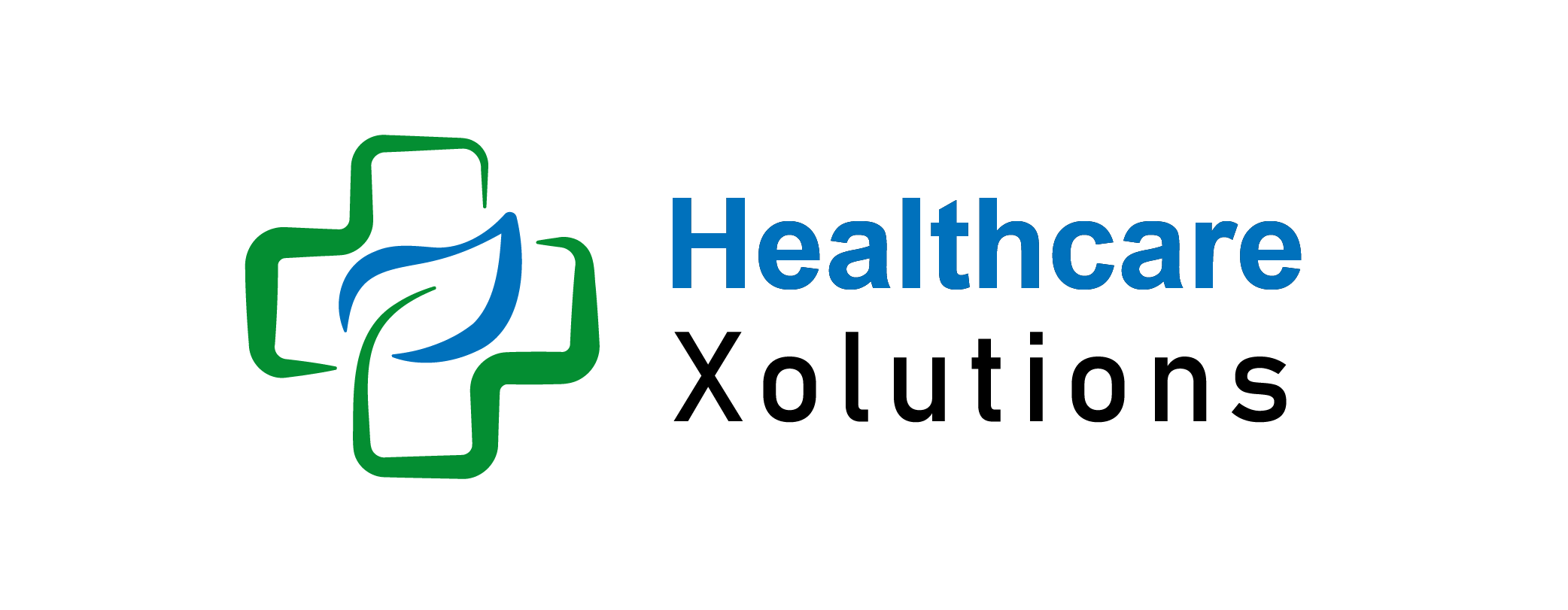How to Read and Understand ACA Plan Summaries

Choosing the right health insurance can be overwhelming, especially when faced with the technical terms and details found in ACA (Affordable Care Act) plan summaries. ACA plans, which include a variety of coverage options, are designed to provide essential elements of ACA plan to individuals and families at different price points. To make an informed decision, it’s crucial to know how to interpret these summaries accurately.
This article will guide you through the essential elements of ACA plan summaries and offer tips on what to look for based on your health needs and budget.
Key Takeaways:
- Identify Key Information: Start by locating essential information such as the deductible, out-of-pocket maximum, copayments, and coinsurance rates.
- Understand the Coverage Details: Knowing what’s covered and what’s not can help you avoid unexpected expenses.
- Network of Providers: Check whether your preferred doctors and hospitals are included in the plan’s network, Out-of-network charges can be significantly higher.
- Premium Costs vs. Benefits: Compare the monthly premium against the benefits provided.
- Drug Formulary: Review the plan’s drug formulary to ensure that any medications you’re currently taking are covered.
- Review the Summary of Benefits and Coverage (SBC): It’s a useful tool for comparing different plans side by side.
- Utilize Available Tools and Help: Use tools provided by healthcare exchanges or your employer to compare plans.
Table of Contents
What is meant by the ACA plan?
The ACA (Affordable Care Act) Plan refers to health insurance plans that are compliant with the Affordable Care Act, often called “Obamacare.” These plans are designed to provide affordable health coverage options to individuals and families, with certain protections and benefits required by law.
Here are some key features of ACA-compliant plans:
- Essential Health Benefits: ACA plans cover essential health services, including emergency services, hospital stays, maternity care, mental health, preventive care, and prescription drugs.
- No Pre-Existing Condition Exclusions: ACA plans must cover individuals regardless of pre-existing conditions, ensuring access to necessary care without additional costs or restrictions.
- Subsidies for Eligible Individuals: Depending on income and household size, some individuals may qualify for government subsidies to lower premiums and out-of-pocket costs.
- Standardized Plan Categories: ACA plans are divided into categories (Bronze, Silver, Gold, and Platinum) to help consumers understand cost-sharing levels. Each category differs in premium costs and coverage levels.
- Open Enrollment Periods: There are specific times when you can sign up for or change ACA plans, though certain life events (like marriage or job loss) may qualify for a Special Enrollment Period.
Essential Elements Of ACA Plan:
1. Identify the Plan’s Metal Tier:
ACA plans are categorized into four “metal” tiers: Bronze, Silver, Gold, and Platinum. These tiers represent the plan’s cost-sharing structure, not the quality of care. Here’s a breakdown:
- Bronze: Low premiums, and high out-of-pocket costs. Suitable if you need minimal care.
- Silver: Moderate premiums and moderate out-of-pocket costs. This tier often qualifies for cost-sharing reductions.
- Gold: Higher premiums, lower out-of-pocket costs. Ideal for those who expect regular medical visits or prescriptions.
- Platinum: Highest premiums but lowest out-of-pocket costs, suitable for frequent healthcare needs.
If your income qualifies, you may get additional financial help on Silver plans through cost-sharing reductions, which lower your out-of-pocket costs significantly.
2. Review Deductibles, Copays, and Coinsurance:
These terms define how much you pay when receiving care. Here’s what each means:
- Deductible: The amount you pay before insurance starts covering services. For example, if the deductible is $2,000, you’ll cover the initial $2,000 of your medical bills.
- Copay: A fixed fee you pay for specific services, such as $20 for a doctor’s visit.
- Coinsurance: The percentage you pay after meeting your deductible. For example, with 20% coinsurance, you pay 20% of the bill, and insurance covers 80%.
Lower deductibles and coinsurance usually come with higher premiums.
3. Examine the Out-of-Pocket Maximum:
The out-of-pocket maximum is the most you’ll pay in a year for covered healthcare services. Once you reach this amount, your insurance covers 100% of costs for the remainder of the year. It includes deductibles, copays, and coinsurance, but not premiums.
Compare out-of-pocket maximums when evaluating plans to avoid unexpected costs.
4. Check the Provider Network:
Each ACA plan has a network of healthcare providers. These networks can be:
- HMO (Health Maintenance Organization): Requires you to use in-network providers for coverage, except in emergencies. Referrals are needed for specialists.
- PPO (Preferred Provider Organization): Offers more flexibility, allowing you to see out-of-network providers at a higher cost and without referrals.
- EPO (Exclusive Provider Organization): No out-of-network coverage except in emergencies, but no referrals are needed for specialists.
If you have preferred doctors or specialists, ensure they’re in-network to avoid higher costs.
5. Understand Prescription Drug Coverage:
ACA plans cover prescription drugs, but the details vary. Review the plan’s formulary, or drug list, to check coverage for any medications you regularly take. Plans often categorize drugs into tiers, with lower tiers (generic drugs) costing less than higher tiers (brand-name or specialty drugs).
6. Understand the Covered Services and Benefits:
ACA plans cover essential benefits like preventive care, mental health services, and maternity care. However, some may offer extra benefits such as:
- Dental or vision coverage for adults (often separate or add-on options)
- Wellness programs, including gym memberships or discounts
- Telemedicine services, which allow virtual doctor visits
If these services are important to you, look for plans that offer them or allow add-ons. must cover ten essential elements of ACA plan health benefits, including:
- Outpatient care
- Emergency services
- Hospitalization
- Maternity and newborn care
- Mental health and substance abuse treatment
- Prescription drugs
- Rehabilitative services
- Laboratory services
- Preventive and wellness services
- Pediatric services
The plan summary will highlight specific coverage for these categories. If you need particular services, such as mental health support or prescription drugs, verify the level of coverage.
7. Analyze the Premium Costs:
The premium is the monthly amount you pay for the plan. When comparing premiums, it’s essential to balance them against deductibles, out-of-pocket maximums, and copays. Low-premium plans can lead to high out-of-pocket costs, so make sure the trade-off works with your healthcare needs and financial situation.
8. Check Eligibility for Subsidies:
Many ACA enrollees qualify for subsidies that lower premium costs, including:
- Premium Tax Credits: Available if your income is between 100% and 400% of the federal poverty level, this credit reduces monthly premium costs.
- Cost-Sharing Reductions: Available on Silver plans for eligible individuals, these reduce out-of-pocket expenses for deductibles, copays, and coinsurance.
Use the ACA Marketplace to see if you qualify for these subsidies, as they can make a significant difference in affordability.
Conclusion – Essential Elements Of ACA Plan:
Reading essential elements of ACA plan and ACA plan summaries effectively can help you navigate options and find the best health insurance plan. By understanding the details within each section of the summary, you’ll be better equipped to compare plans, weigh costs and benefits, and choose the coverage that best fits your health needs and budget.
Frequently Asked Questions:
Q1: What is an ACA plan summary?
Ans 1: An ACA (Affordable Care Act) plan summary is a document that provides a high-level overview of a health insurance plan’s benefits, costs, and coverage options. It helps you understand what services are covered, the expected costs, and other important details about your plan.
Q2: Why is it important to understand the ACA plan summary?
Ans 2: Understanding your ACA plan summary ensures you make informed decisions about your health coverage. Knowing what’s covered, your out-of-pocket costs and any exclusions can prevent unexpected expenses and help you get the care you need.
Q3: What are the key components of an ACA plan summary?
Ans 3: The main components include:
Premiums: Your monthly payment to keep the insurance active.
Deductibles: The amount you pay before the insurance begins covering services.
Copayments and Coinsurance: Your share of the cost for covered services.
Out-of-pocket maximums: The most you’ll pay in a year for covered services.
Covered Services: A list of medical services that the plan covers, like doctor visits, hospital stays, and prescriptions.
